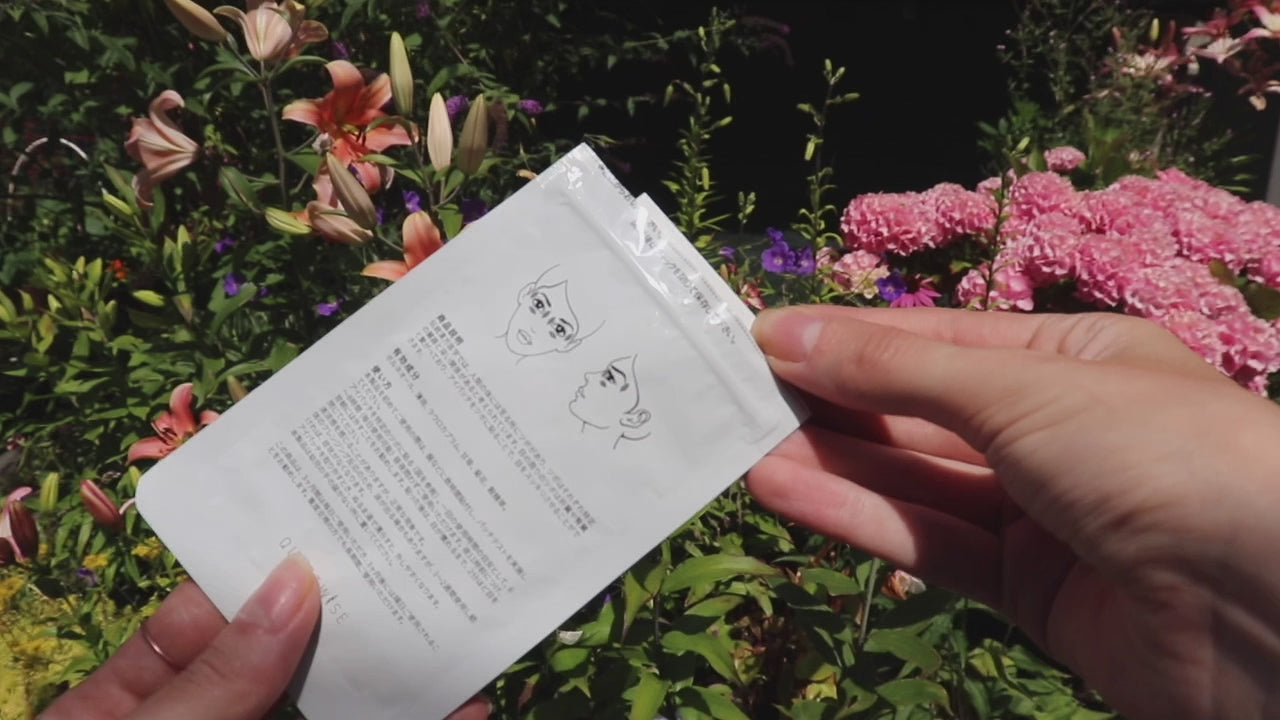Understanding the Complex Relationship Between Weather and Eye Allergies
The arrival of spring and summer, while often welcomed for their warmth and sunshine, brings a dreaded companion for millions of allergy sufferers: itchy, watery, and irritated eyes. These seasonal changes create ideal conditions for airborne allergens, like pollen, to trigger intense allergic reactions. But it's not just pollen; various weather patterns and atmospheric conditions play a significant role in exacerbating eye allergies and leaving many with uncomfortable itchy eyes. This comprehensive guide delves into the intricate ways weather impacts eye allergies and provides practical strategies for managing this common problem.
The Science Behind Weather's Impact on Eye Allergies
Several meteorological factors contribute to the intensification of eye allergy symptoms. Let's examine these factors in detail:
- Pollen Dispersion and Wind: Windy conditions act as a potent dispersal mechanism for pollen and other airborne allergens. Strong winds carry pollen across vast distances, significantly increasing the concentration of allergens in the air and leading to greater exposure for susceptible individuals. This is particularly problematic for those with sensitive eyes, as the constant bombardment of pollen grains can trigger intense allergic reactions, resulting in itchy, watery eyes and other symptoms.
- The Rain's Rebound Effect: While rain might seem like a beneficial factor by washing away pollen from the atmosphere, it often produces a surprising rebound effect. Initially, the rain clears the air of allergens. However, once the rain stops and the sun appears, the remaining pollen on plants and trees is released in massive quantities. This post-rain surge in pollen concentration can lead to a sudden and intense spike in allergy symptoms, impacting many who may have experienced a temporary reprieve.
- Temperature Fluctuations and Pollen Production: Temperature plays a crucial role in regulating pollen production. Warmer temperatures create optimal conditions for plant growth and pollen production, resulting in higher pollen counts in the air. Conversely, significant temperature swings can also trigger pollen release, exacerbating allergy symptoms for susceptible individuals.
- Humidity and Mold: High humidity creates a breeding ground for mold spores. Damp environments, particularly after prolonged periods of rain, often promote the growth of mold, releasing spores that can trigger allergic reactions in susceptible individuals. The combination of mold and pollen can drastically increase the severity of eye allergies and cause intense itching, redness, and swelling.
Identifying and Managing Your Eye Allergy Triggers
Understanding your specific allergy triggers is paramount in managing your symptoms effectively. While pollen is a common culprit, many other allergens can contribute to eye allergies, and weather plays a significant role in influencing exposure levels. Keeping a detailed diary of your symptoms, correlating them with weather patterns and daily activities, can help identify your personal triggers. This could involve paying close attention to daily pollen counts, humidity levels, and wind speeds. Armed with this knowledge, you can develop strategies to minimize your exposure to these triggers and prevent intense allergic reactions.
Practical Strategies for Managing Itchy Eyes During Weather Changes
Managing eye allergy symptoms during periods of unpredictable weather requires a proactive and multi-faceted approach. Here are some effective strategies:
- Pollen Forecasts: Stay informed about daily pollen forecasts and plan your outdoor activities accordingly. Try to limit your exposure to pollen during peak hours when concentrations are highest. This may involve avoiding outdoor activities on windy days or immediately after periods of rain.
- Indoor Air Quality: Maintaining good indoor air quality is equally crucial. Use air filters in your home to reduce the amount of pollen and other allergens circulating in the air. Regularly clean your home, especially carpets and upholstery, to minimize dust mites and other indoor allergens.
- Protective Measures: Consider wearing sunglasses outdoors to prevent pollen from directly entering your eyes. This can be especially helpful during windy conditions when pollen concentrations are high. Washing your face and hair after being outdoors can remove pollen and other allergens that have settled on your skin.
- Over-the-Counter Relief: For immediate relief from itchy, watery eyes, over-the-counter antihistamine eye drops can be helpful in managing symptoms. These can provide quick relief from itching and redness. However, it's always best to consult a doctor or allergist before using any medication, particularly if you have pre-existing conditions.
Introducing Wise Quest Soothing Eye Patches for Relief
For soothing relief from itchy, irritated eyes, consider the Wise Quest Soothing Eye Patches - 1-Month Care Pack. These patches, infused with the power of traditional Chinese herbal medicine, are designed to provide relief from eye fatigue, dryness, astringency, redness, and swelling. They promote healthy blood circulation, contributing to the overall relief of eye discomfort and various eye conditions. The patches offer a gentle and effective way to soothe irritated eyes, making them an ideal complement to other allergy management strategies.

Long-Term Management of Eye Allergies
For long-term management of eye allergies, consulting with an allergist is highly recommended. They can perform allergy testing to identify your specific triggers and recommend a personalized treatment plan. This could involve medication such as antihistamines or immunotherapy, which can help reduce your sensitivity to specific allergens and offer lasting relief from your symptoms. Working closely with an allergist ensures you receive the appropriate care and develop a tailored plan to effectively manage your allergies throughout the year.
Conclusion: Navigating the Challenges of Seasonal Eye Allergies
The relationship between weather and eye allergies is undeniable. Understanding the intricacies of this relationship empowers individuals to take proactive steps to manage their symptoms effectively. By monitoring weather patterns, minimizing exposure to known triggers, utilizing appropriate relief options such as the Wise Quest Soothing Eye Patches, and seeking professional guidance from an allergist, individuals can navigate the challenges of seasonal eye allergies and enjoy a greater quality of life, free from the discomfort of itchy and irritated eyes.











